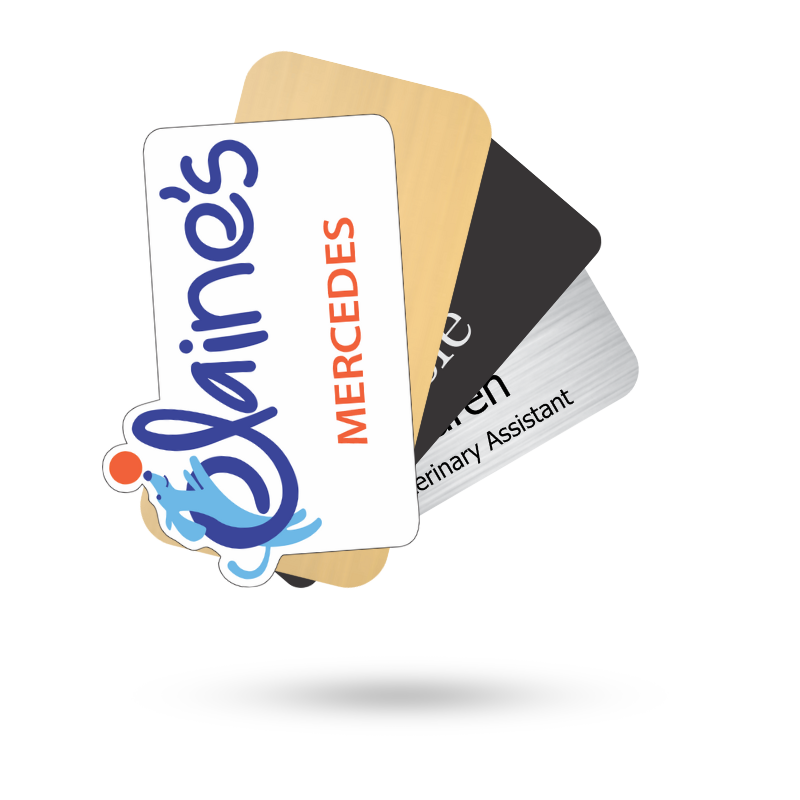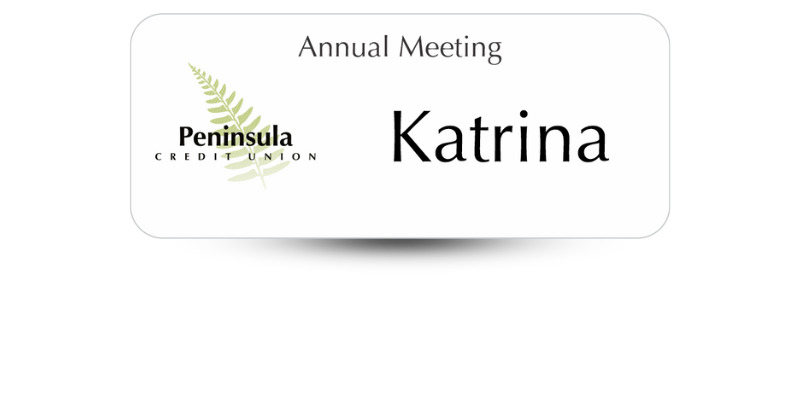2026 Event Planning Trends and Challenges
What Event Organizers Need to Know to Stay Ahead

The event world is evolving faster than ever. By 2026, planners are juggling tighter budgets, higher expectations, and an audience that demands more personalized, interactive experiences. Add in the growing role of technology—and the pressure to make every moment feel meaningful—and it’s easy to see why planning an event today takes more than just good logistics.
Still, these shifts bring plenty of opportunities to create stronger, smarter, and more engaging events. Let’s explore some of the biggest event planning trends and challenges of 2026—and how organizers can adapt with practical, people-focused strategies.
Key Takeaways
- Attendees expect more personalization and interaction in 2026.
- Smart use of technology and clear communication reduce planning stress.
- Name tags and branding remain simple but powerful tools for engagement and recognition.
10 Emerging Event Planning Challenges in 2026 and How to Solve Them
1. Hybrid and Virtual Fatigue
After years of experimenting with hybrid and virtual formats, attendees are growing tired of passive livestreams. They want interaction, not just observation. Polls, live Q&A sessions, and networking lounges—both digital and in-person—help keep audiences engaged.
For in-person events, one easy engagement booster is personalized name tags that make introductions easier and conversations more natural. A clear, professional badge not only identifies attendees but also helps spark the kind of real connections people now crave.
2. AI and Automation Overload
AI touches every part of the planning process, from scheduling and marketing to data tracking. The challenge in 2026 isn’t whether to use AI, it’s how to use it wisely.
Event organizers should focus on automation that saves real time, such as digital check-ins. Keep tech simple and purposeful, so it supports your team rather than adding confusion.
3. Clear Communication with Stakeholders
With remote teams, virtual vendors, and sponsors spread across time zones, communication can easily get messy. Missed updates or overlooked tasks can delay everything.
Creating a single hub for communication—whether it’s a shared dashboard or clear staff labeling during the event—keeps everyone aligned. Even small touches like color-coded name badges for staff, speakers, and vendors can help everyone instantly know who’s who and where to go for help.
4. Post-Event Follow Ups
Many great events lose momentum once the doors close. The challenge in 2026 is keeping that post-event engagement alive.
Simple follow-ups, such as personalized thank-you emails, feedback surveys, or digital certificates, go a long way. For sponsors and vendors, sharing metrics and lead lists promptly helps strengthen relationships for next year’s event.
5. Standing Out in a Saturated Market
With so many conferences, expos, and pop-ups competing for attention, branding matters more than ever. A unique event identity—from signage to branded name tags and lanyards—helps create a consistent experience that attendees remember.
Personal touches like custom badge designs or QR codes linking to attendee profiles can make your event feel more polished and memorable without blowing the budget.
6. Demonstrating ROI in Real Time
In 2026, everyone wants proof that their investment paid off. Sponsors want visibility, attendees want value, and leadership wants numbers.
Tracking engagement metrics like booth visits or session attendance is important, but so is the human side, including recognition. A simple name badge system that identifies sponsors, speakers, and VIPs helps highlight contributions and makes it easier for others to engage with them directly, increasing visibility and perceived value.
7. Managing Multiple Events at Once
Many organizations host multiple events throughout the year. Sometimes they are in different formats or cities. Consistency becomes a challenge.
Building reusable templates for event signage, registration, and badge design saves time and keeps your branding cohesive. Think of it as creating your “event identity kit” that is ready to launch again and again with just a few minor tweaks.
8. Rising Costs and Budget Constraints
Inflation, travel costs, and staffing shortages all add pressure. Planners are being asked to do more with less, which means every dollar and every design choice needs to count.
Reusable materials (like magnetic or insert-style name badges) and digital tools that reduce printing waste can make a big difference. A well-organized check-in area and efficient ID system also help reduce staff time and keep lines moving.
9. Technological Advancements
From facial recognition to digital credentials, event tech keeps changing. It’s tempting to chase every new tool, but success often comes from mastering the basics.
Before investing in new systems, evaluate whether your team and attendees are ready for them. Even simple improvements like mobile event maps can elevate the guest experience without overwhelming your team.
10. Engagement Expectations Are Higher Than Ever
Today’s attendees expect events to be immersive, interactive, and personal. Networking is the top reason people attend, so helping those introductions happen naturally is key.
That’s where thoughtful name tag design shines: large, legible text, clear company logos, and maybe even conversation starters like icons or fun facts. These little details break the ice and make people feel seen and connected.
Final Thoughts from Name Tag Pros
The biggest event planning trends of 2026 point to one thing: connection matters more than ever.
Technology is changing fast, budgets are tightening, and expectations are climbing. Events that prioritize clarity, personalization, and engagement will always stand out. From digital communication tools to the humble name tag, the details that help people connect will keep your events feeling fresh and human, no matter how much the industry evolves.
Share Article
Categories







